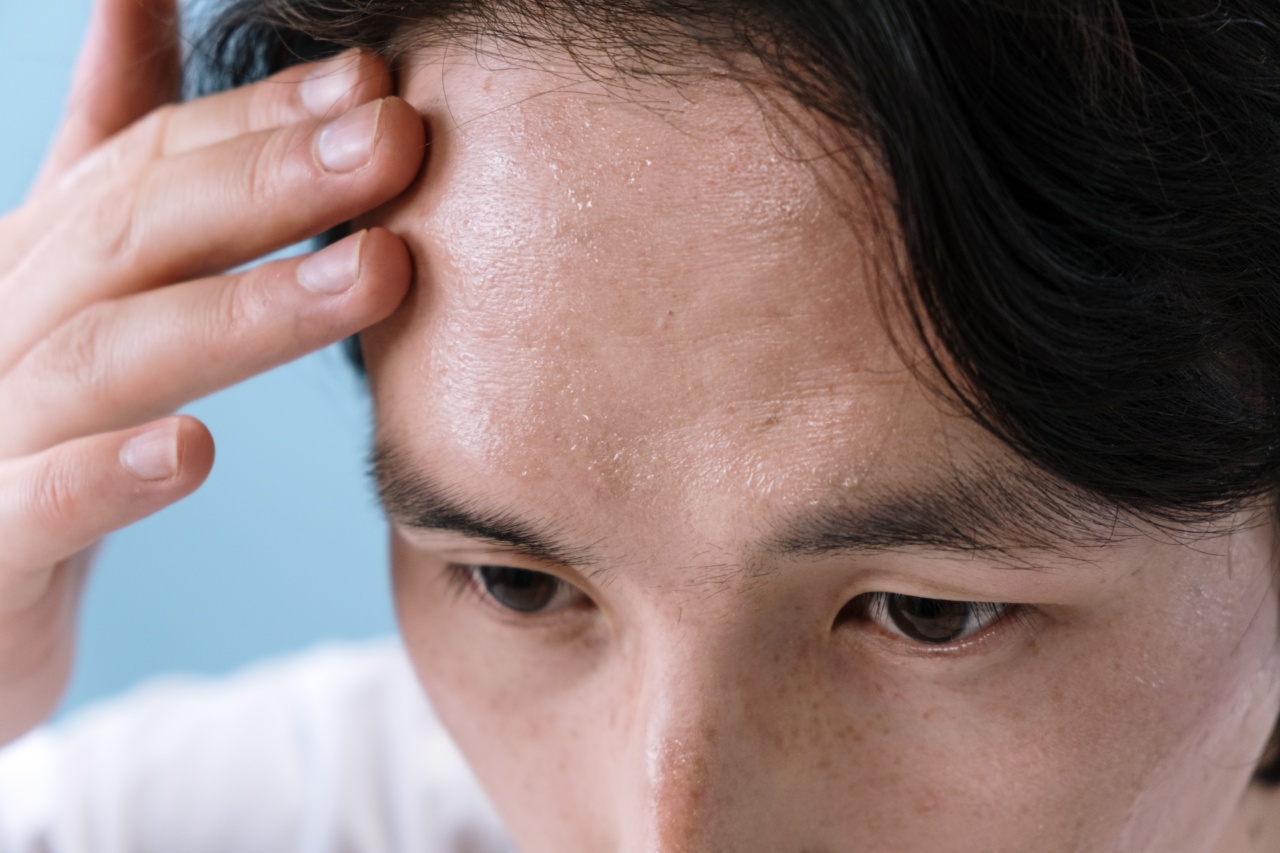Parkinson’s disease is a neurodegenerative disorder that affects the nervous system, causing a variety of motor and non-motor symptoms. It typically progresses slowly over time, and early detection is crucial for managing the disease effectively.
This picture guide will help you identify the ten initial symptoms of Parkinson’s disease, enabling you to seek medical attention and begin treatment as soon as possible.
Tremors
Tremors are one of the most prominent symptoms of Parkinson’s disease. They usually start in one hand or arm and may appear as a rhythmic shaking or trembling motion.
These tremors tend to occur when the affected limb is at rest and ease off during voluntary movement.
Bradykinesia
Bradykinesia refers to a slowness of movement. Individuals with Parkinson’s disease may experience a significant delay in initiating voluntary movements, such as walking or getting up from a chair.
They may also exhibit reduced facial expressions and a decreased ability to perform fine motor tasks.
Rigidity
Rigidity is characterized by stiffness and resistance in the muscles, which can make movement challenging. This symptom is commonly felt as increased resistance when an affected limb is passively moved by someone else.
It often affects both sides of the body simultaneously.
Postural Instability
Postural instability refers to difficulties with balance and coordination. People with Parkinson’s disease may find it challenging to maintain an upright posture, leading to frequent falls or a stooped appearance.
These difficulties often worsen as the disease progresses.
Micrographia
Micrographia refers to the progressive reduction of handwriting size and legibility. Individuals with Parkinson’s disease may find it increasingly difficult to write or perform other fine motor tasks that require precise movements.
This symptom is particularly noticeable after prolonged writing or when feeling fatigued.
Speech and Swallowing Difficulties
Speech and swallowing difficulties are common in Parkinson’s disease. Individuals may experience a softer voice, slurred speech, or a monotone voice. Swallowing difficulties, known as dysphagia, can lead to choking or aspiration of food and liquids.
These symptoms can significantly impact daily life and social interactions.
Changes in Gait
Parkinson’s disease can cause significant changes in gait and walking patterns. Individuals may develop a shuffling gait, taking small steps with minimal arm movement.
They may also experience freezing, where they temporarily feel stuck and unable to move forward. These gait abnormalities increase the risk of falls.
Loss of Smell
A diminished sense of smell, known as hyposmia, is an early symptom of Parkinson’s disease. Affected individuals may struggle to identify familiar smells or notice a reduced perception of odors in general.
This symptom can occur years before other motor symptoms manifest.
Mood and Sleep Disorders
Parkinson’s disease can also affect an individual’s mood and sleep patterns. Depression and anxiety are common, and individuals may experience sudden mood swings or feelings of apathy.
Sleep disorders such as insomnia, restless leg syndrome, and REM sleep behavior disorder are also prevalent in Parkinson’s disease.
Constipation
Constipation is a non-motor symptom that often precedes the onset of motor symptoms in Parkinson’s disease. It is caused by the slowing down of the digestive system due to the neurodegenerative process.
Stool frequency decreases, and bowel movements may become difficult or painful.
Conclusion
Early recognition of the initial symptoms of Parkinson’s disease can significantly impact the management and progression of the condition.
If you or someone you know is experiencing any of these ten symptoms, it is essential to consult a healthcare professional for a proper diagnosis. While this picture guide can be helpful, only a medical expert can confirm and provide appropriate treatment for Parkinson’s disease.




























